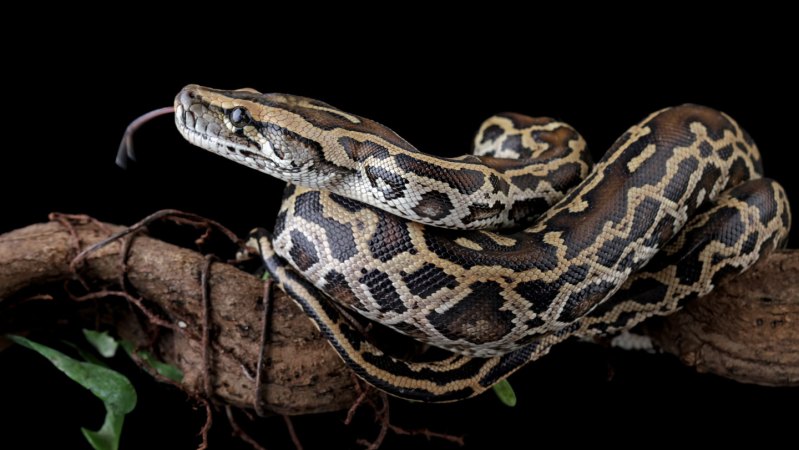New Cell Discovery Reveals How Pythons Digest Prey Bones

A recent discovery has unveiled a unique type of cell in pythons that enables these snakes to effectively digest and absorb the bones of their prey. This finding, made by a team of researchers at the University of Utah, sheds light on the remarkable adaptability of pythons and may have implications for understanding similar processes in other animals that consume their meals whole.
The newly identified cell type, termed “osteoclast-like cells,” plays a crucial role in breaking down bone material within the digestive system of pythons. This adaptation allows these reptiles to derive essential nutrients from the bones of their prey, which predominantly consists of small mammals and birds. The research, published in March 2024, highlights not only the efficiency of pythons as predators but also their evolutionary sophistication.
Understanding the Mechanism
The research team observed that these specialized cells function similarly to osteoclasts found in mammals, which are responsible for bone resorption. By examining the digestive tracts of various python species, the scientists noted that the presence of these cells correlates with the type of diet the snakes consume. This discovery opens the door to further investigations into whether other reptiles or animals with similar feeding habits possess comparable adaptations.
The ability to digest bones allows pythons to utilize resources that would otherwise be wasted, enhancing their survival in diverse environments. The researchers speculate that this mechanism could be present in other species that consume whole prey, suggesting a broader evolutionary strategy among carnivorous animals.
Implications for Broader Research
The implications of this discovery extend beyond pythons. Understanding how these cells operate could provide insights into the digestive processes of other animals, potentially influencing fields such as veterinary medicine and wildlife conservation. This research emphasizes the importance of studying the evolutionary adaptations that allow species to thrive in their respective habitats.
Moreover, the study could inspire further research into the nutritional benefits derived from bone consumption, not just for pythons but also for other carnivorous species. This knowledge may lead to advancements in animal care and diet formulation, particularly for species that have evolved similar digestive mechanisms.
As scientists continue to explore the complexities of animal physiology, this groundbreaking work highlights the intricate relationships between diet, adaptation, and survival in the animal kingdom. The findings not only enhance our understanding of pythons but also raise intriguing questions about the broader implications for carnivorous animals worldwide.






